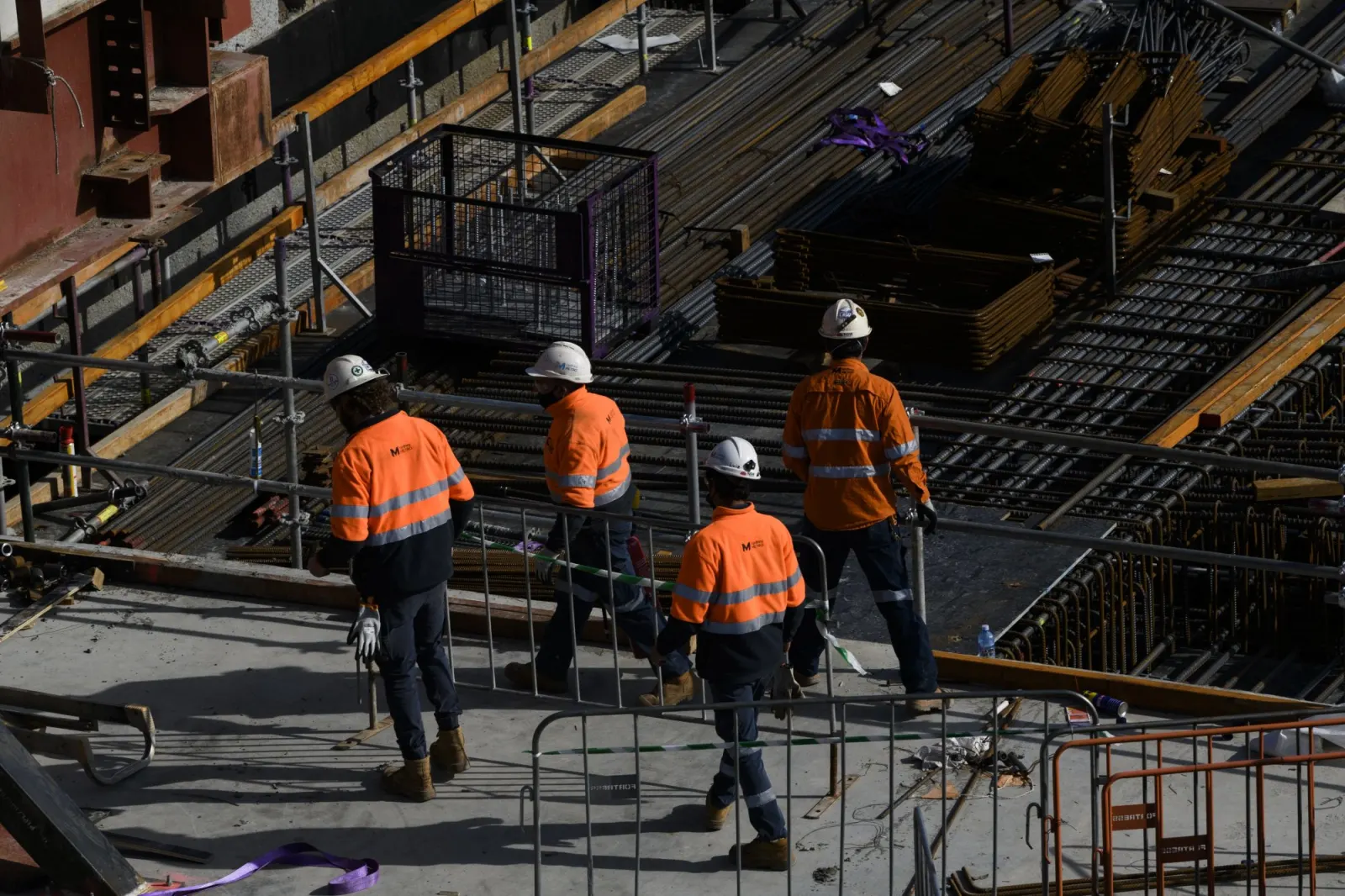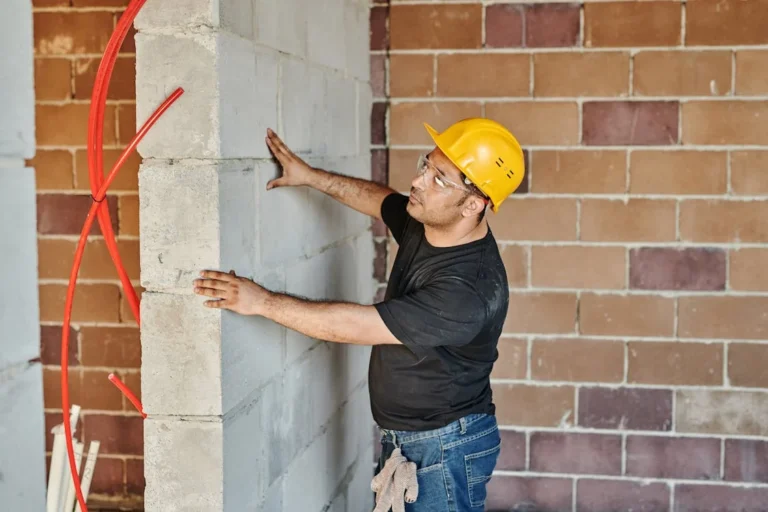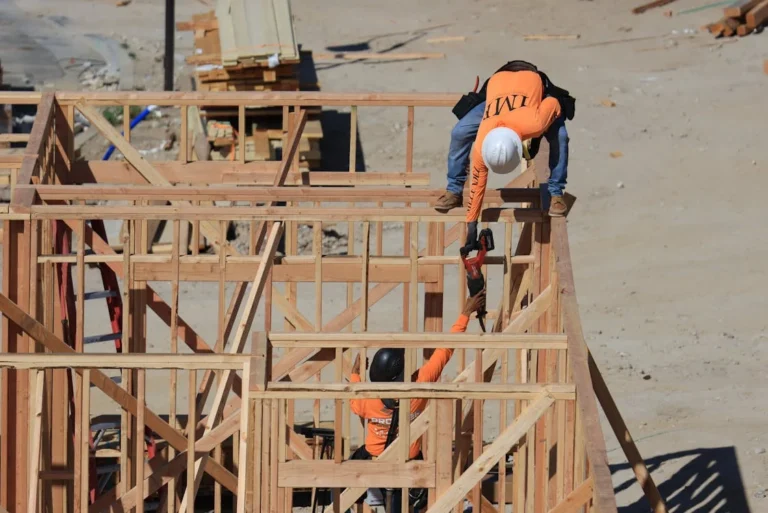Estimation is an important phase of a construction project, or rather before a construction project begins estimation of the project’s costs must have taken place. In fact construction estimation began in the 18th century in a more primitive form. It was effective then and it is effective now as it is still being used and is a must for a construction project to be successful. However, nowadays the process is a lot smoother and has evolved significantly since it’s early days when it was introduced.
What exactly is construction estimation? Before we dive into the best construction estimating apps, we must first understand construction estimation. It is an integral part of the construction process, without it there is no project. As evident in the name, it is an estimate, it is not 100% accurate. This isn’t an excuse for a lack of precision, as it is all about precision. It should be as close to that 100% as humanly possible. A lack of accuracy can lead to losses in a project, not only the project bid may not even be successful in the first place.
Construction cost estimating includes the project scope and project construction costs and the allocation of costs. There are several reasons to have cost estimates. The cost itself is important in the bid process, cost estimates help increase the accountability in a project and make sure everything is transparent.
Construction estimates are not always done by one person. They may be done by one person, the construction estimator or by a team of people. If done by a team of people the method or tool utilised for construction becomes even more important. Tools such as spreadsheets are prone to error and are not collaborative friendly.
In construction, the quantities and costs incurred in the lifetime of a project relate to the materials, labour and other relevant factors of the project. These can be found in the construction takeoff, an integral part of a construction project which will aid in the estimation of a project’s costs.

To expand on the concept of construction takeoffs, it is imperative you have a takeoff list for construction estimation to properly occur. This is due to the fact that you cannot get estimates out of thin air. Research must be conducted to know what it is you are estimating, therefore a list of the costs and materials must be gathered for this purpose. ‘Takeoff’ refers to the estimator taking off the required materials from a project’s blueprint. Labour estimates for example would be on the takeoff list which specifies the necessary quantities and costs of the labour required to complete a project successfully.
Takeoff’s are paramount to a project’s profitability as it’s important to know the costs of materials and labour to complete the project due to the fact that they can vary depending on elements such as the market and the location of the construction project. Where is it being built? What is the market like? These are important questions. Construction takeoffs must be done for all sizes of project’s from larger projects to much smaller projects which can include basic renovations.
Construction takeoffs may sound simple, but they are quite the opposite. They can be difficult and time consuming and require a skilled individual to complete.
Exactness is paramount for the takeoff process due in part to contractors being unable to prepare correct and appealing bids as opposed to their competition without having everything about the project accurately detailed. This is how important it is for contractors to investigate and gather data that is correct as mistakes in the industry can be extremely detrimental to a project’s success causing losses as opposed to profits.
Construction takeoffs are produced the same through a software as done manually, why the software is necessary is not that the steps to making the takeoff are different, rather it automates them, streamlining the process of producing a construction takeoff software and making the process a whole lot easier and less time consuming.
In relation to construction takeoff softwares there are different tools that can be used for estimation, there are in fact three categories to look at and these are BIM or business information modelling as it stands for, spreadsheets and construction estimation software.
Spreadsheets are a more traditional and outdated way of producing construction estimates. They are prone to human error due to the nature of entering the data into fields. Depending on the size of the project this can be catastrophic, the larger the project the worse it is and the same goes for more complex projects.
Furthermore, if more than one person is working on the estimation, collaboration becomes difficult and there is less quality control in merging work together from different team members. That can spell disaster as the less accurate an estimation the less chance of a bid or worse in the case of an ongoing project it means losses. The accuracy of an estimation is important for profits in a project.
There is also BIM which stands for business information modelling and is a process that is highly collaborative involving different interested parties in a construction project that are able to provide input into the design of a project. Parties being contractors, engineers and architects to name a few. All will work together to create a digital structure through BIM.
This digital structure is 3D but is so much more, with a whole host of information being contained in the structure. The ‘I’ in BIM which is Information is the most important part of BIM. The information ranges from materials to logistics and can be utilised to analyse existing buildings and gain meaningful information on them.
Construction estimation can be done through the use of BIM software as well, so it is a form of estimation on its own considering you are constructing a building albeit digitally. It is done through the mapping of the components of a 3D building model to materials and labour as well as equipment costs.
Lastly there are also construction estimation softwares which are the most recommended for conducting construction estimations as they enable builders to effectively estimate the costs of the project and should streamline and really pull along the process of creating accurate estimates. The estimates should be created based on labour, materials and other cost factors of the project and it should create line-by-line and quantity estimates of the materials utilising pre-determined formulas and calculations.
A good construction software makes use of good project management functionality, estimate and financial/accounting tool functionality, job management, scheduling and planning and support functionalities and more. WunderBuild is a construction management software that aims to provide all of these functionalities and more to bring out the best outcomes for a project.
It is currently offering a free trial, visit here to try WunderBuild for free




